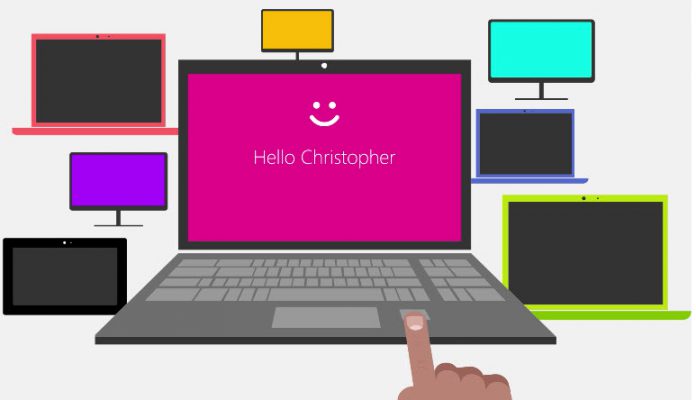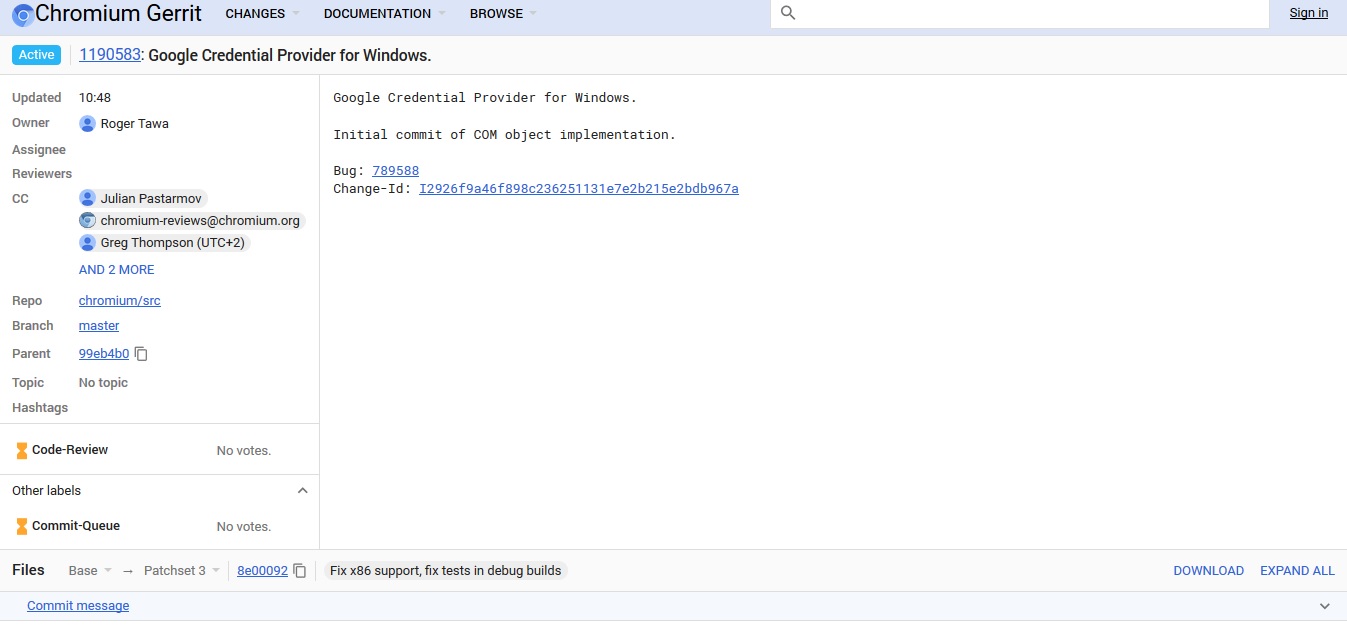I will go deeper into exactly what a credential-provider on Windows 10 is. For now, though, it’s enough to say users would essentially be able to sign into Windows 10 with their Gmail account. Google’s chromium project is now developing the method for becoming a credential-provider for Windows 10. This means an email address linked to Google (Gmail) to login to Windows 10. Windows uses a credential provider to know which users have logged into Windows 10. Standard authentication packages include passwords and Windows Hello biometrics. Google will be coming on board with authentication through its Google Accounts and ID Administration (GAIA).
The credential provider features an installer executable called gcp_installer.exe and will feature the gcp_setup.exe, startchromeonfirstlogin.cmd, gaia1_0.dll, and gcp_eventlog_provider.dll files.
Windows 10 Credential Provider
Microsoft recommends all users have a system credential provider, even if it is not mandatory. While a Microsoft Account is the default credential provider, the company allows developers to create their own credential support for Windows 10. The Windows credential provider framework gives developers an easier method for becoming a credential provider. Indeed, Winlogon does most of the heavy lifting: “When Winlogon wants to collect credentials, the Logon UI queries each credential provider for the number of credentials that it wishes to enumerate. After all providers have enumerated their tiles, the Logon UI displays them to the user. The user then interacts with a tile to supply the necessary credentials. The Logon UI submits these credentials for authentication.” In its noted-on credentials in Windows 10, Microsoft explains that its credential providers are not forcing anything on users. Instead they provide easier access for syncing across the platform: “Combining credential providers with supported hardware, you can extend Windows to support logging on with biometric information, passwords, PINs, Smart Card certificates, or any custom authentication package you choose to create. You can customize the logon experience for the user in a variety of ways as well.”





